- Home | Industry Update | Trump: Us Prioritizes Ai And Tank Production Over Textile Ma...
Trump: US Prioritizes AI and Tank Production Over Textile Manufacturing

U.S. President Donald Trump stated that his tariff policy aimed to boost the domestic manufacturing of tanks and technology products, rather than sneakers and T-shirts. Speaking to reporters before boarding Air Force One in New Jersey, Trump endorsed Treasury Secretary Scott Bessent's April 29 remarks that the U.S. doesn't necessarily need a "booming textile industry"—comments that had previously drawn criticism from the National Council of Textile Organizations.
We're not looking to make sneakers and T-shirts. We want to make military equipment. We want to make big things. We want to do the AI thing," Trump stated. He added, "I'm not looking to make T-shirts, to be honest. I'm not looking to make socks. We can do that very well in other locations. We are looking to do chips and computers and lots of other things, and tanks and ships.
In response to Trump's remarks, the American Apparel & Footwear Association (AAFA) asserted that tariffs are detrimental to the industry. AAPA President Steve Lamar stated, "With 97% of the clothes and shoes we wear being imported, and with clothes and shoes already the most highly tariffed industry in the U.S., we need to focus on common sense solutions that can move the needle." He concluded, "More tariffs will only mean higher input costs for U.S. manufacturers and higher prices that will hurt lower-income consumers."
Mr. Trump, who has disrupted global markets with widespread tariff implementation, reignited his strong trade rhetoric on Friday, pushing for a 50% tariff on European Union goods starting June 1 and warning Apple of a potential 25% levy on all imported iPhones purchased by U.S. consumers. However, on Sunday, he softened the EU threat, extending the tariff deadline to July 9 to facilitate discussions between Washington and the 27-nation bloc.
Mr. Trump secured victories in the 2016 and 2024 U.S. presidential elections partly by appealing to working-class voters affected by decades of U.S. manufacturing job losses. He has endeavored to fulfill his pledges to boost manufacturing through import tariffs and by championing investments from companies and foreign nations into the United States. This push continues even as the U.S. economy largely relies on global supply chains where many goods, including textiles, are produced more affordably.
05:58 PM, May 27
Source : Trump: US Prioritizes AI and Tank Production Over Textile Manufacturing
Other Related Topics

Mushroom Based Insulation Offers New Life for Europes Textile Waste
02:41 PM, Dec 25.webp)
Mild Winter Chills the Mood of Apparel Markets across North India
11:24 AM, Dec 25


.webp)

1.webp)

1.webp)




1.webp)

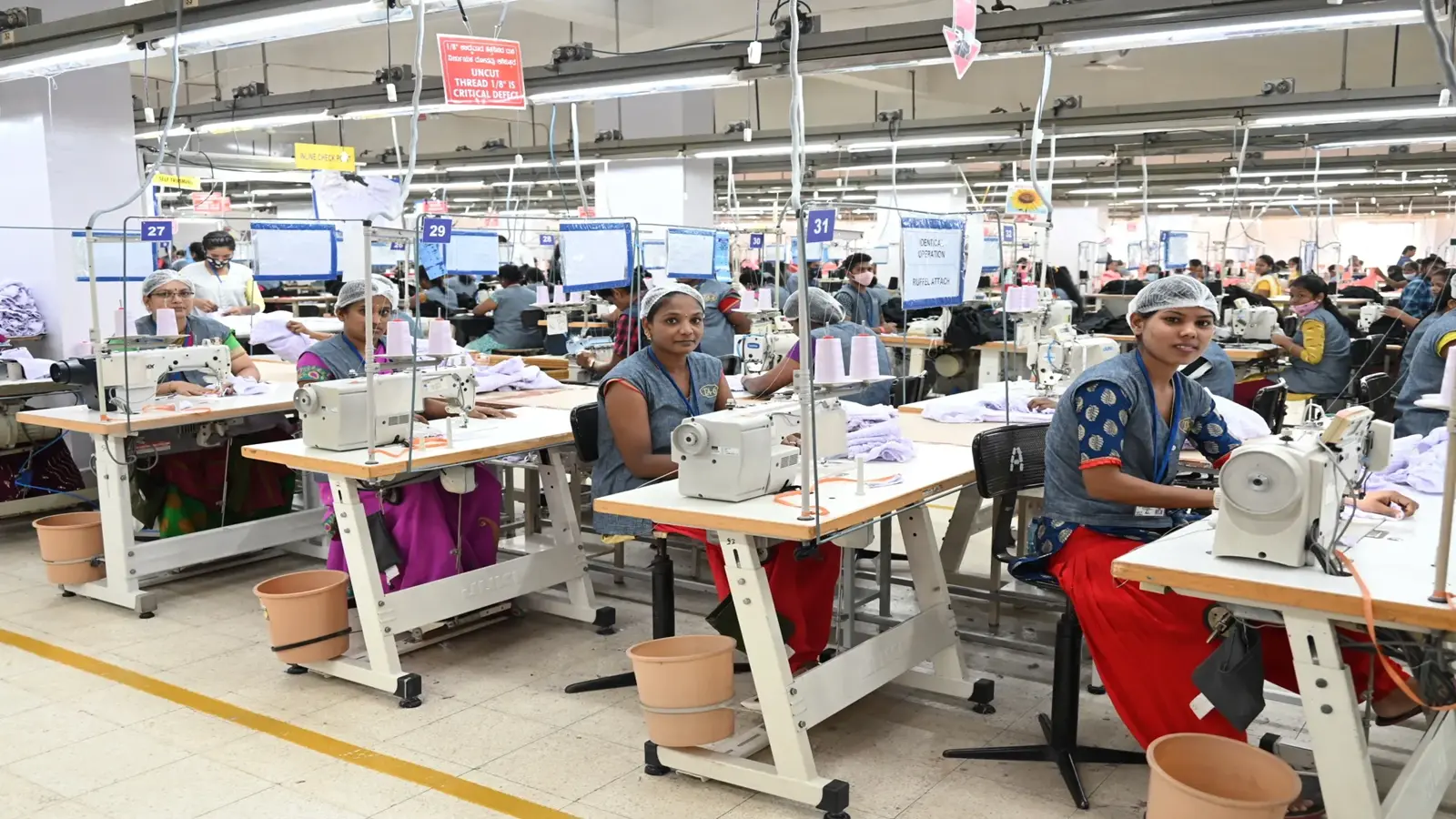

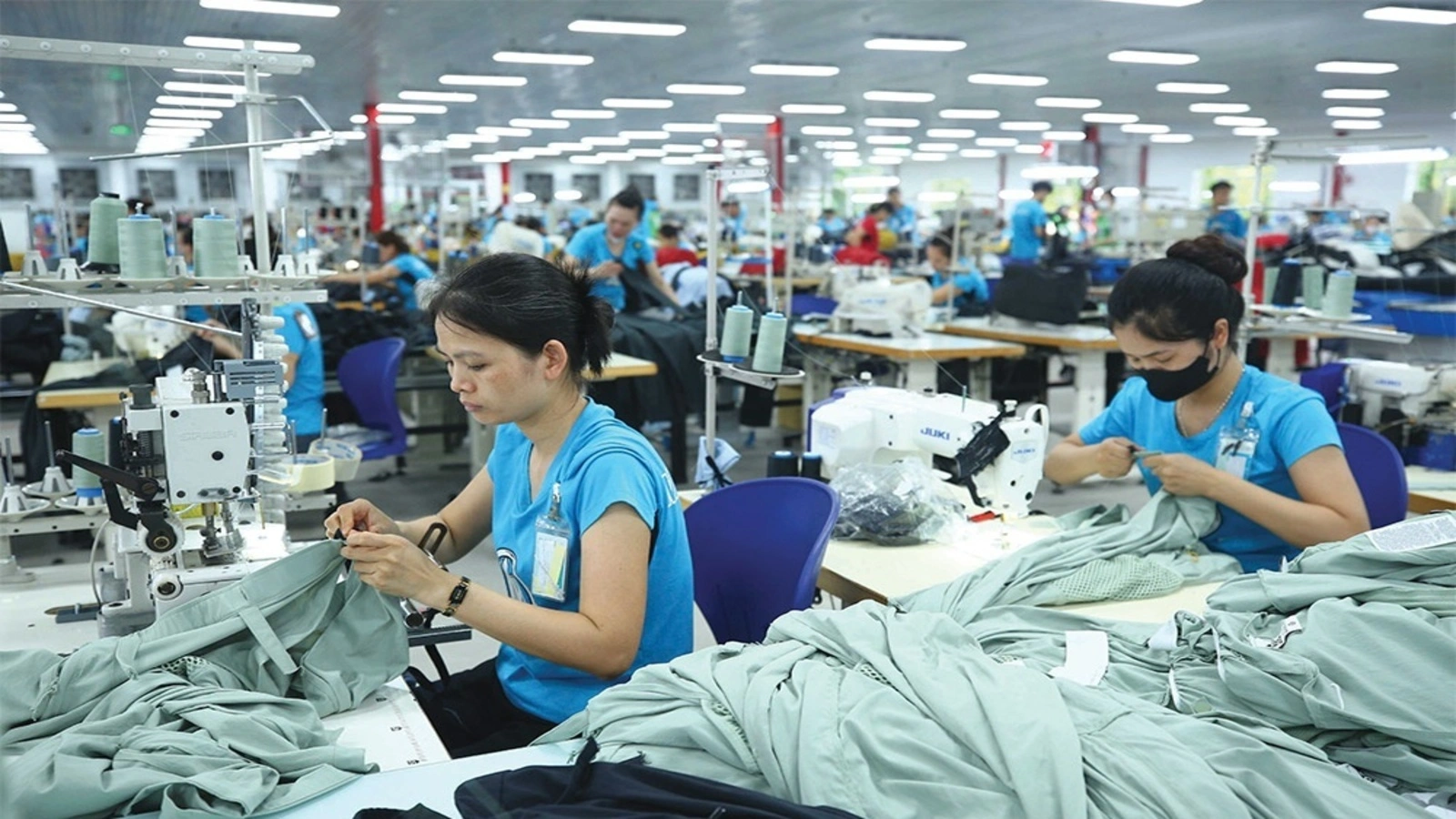
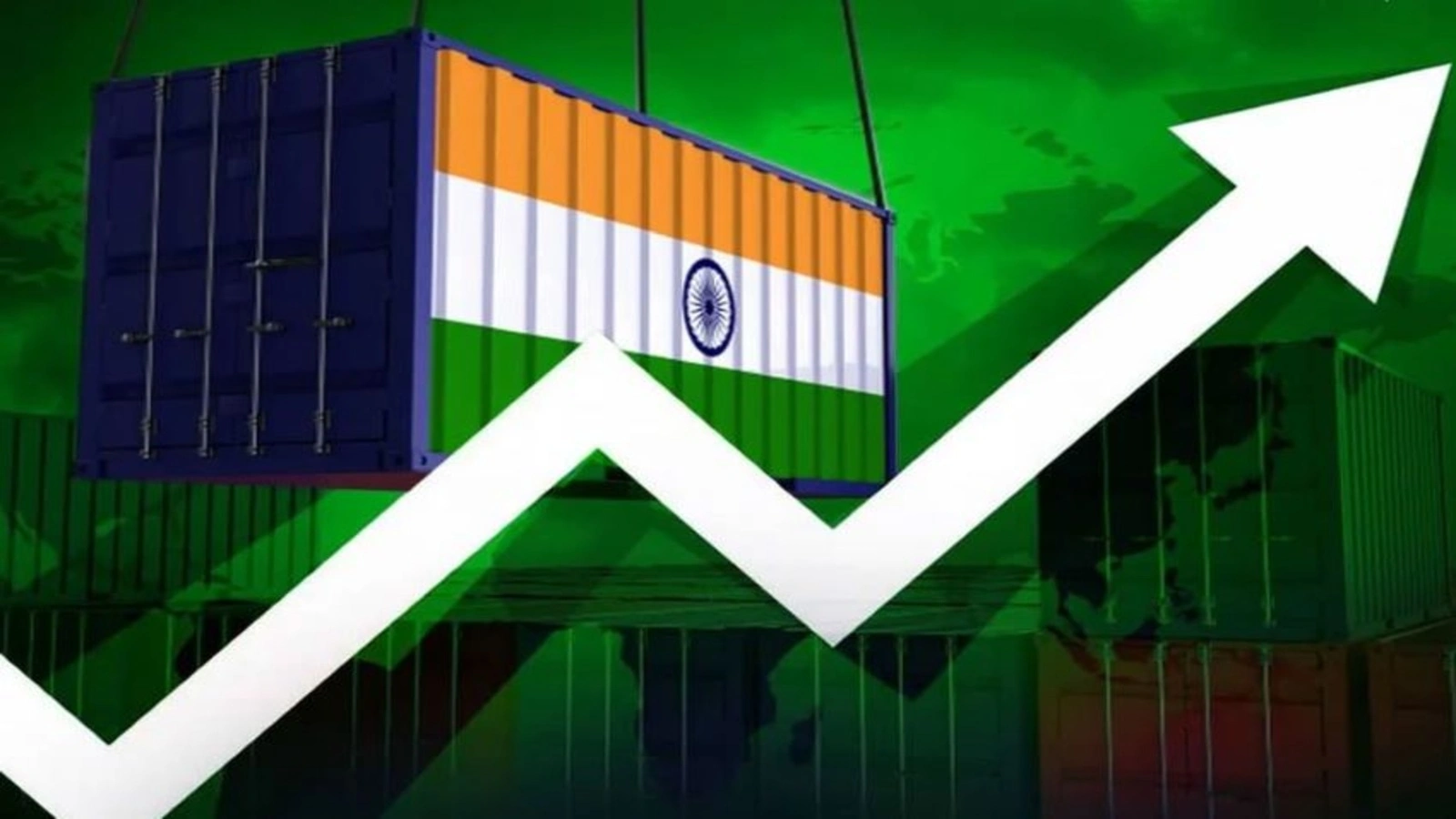


1.webp)




1.webp)



1.webp)
1.webp)
1.webp)


1.webp)
1.webp)

1.webp)

.webp)



1.webp)



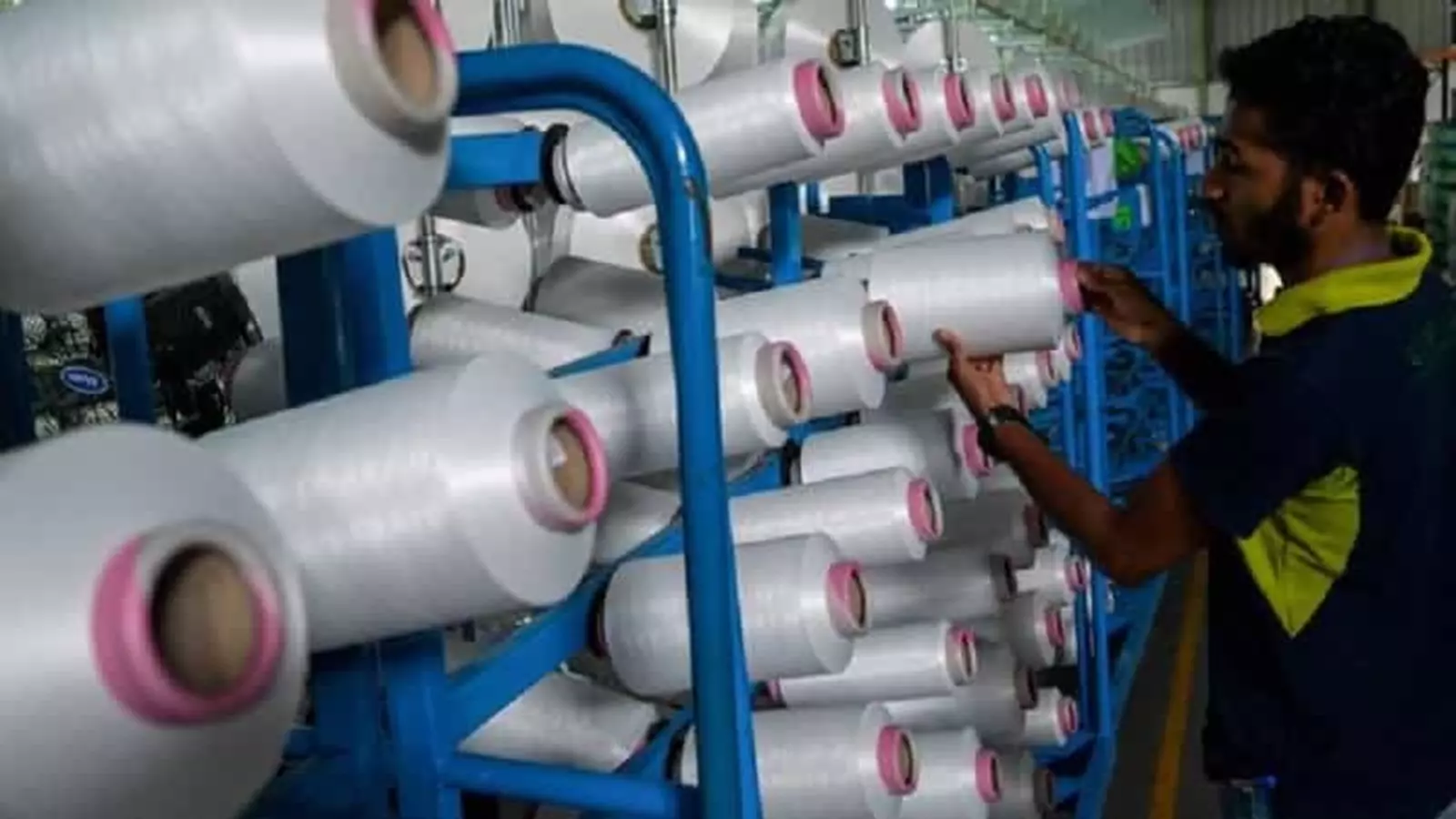

1.webp)








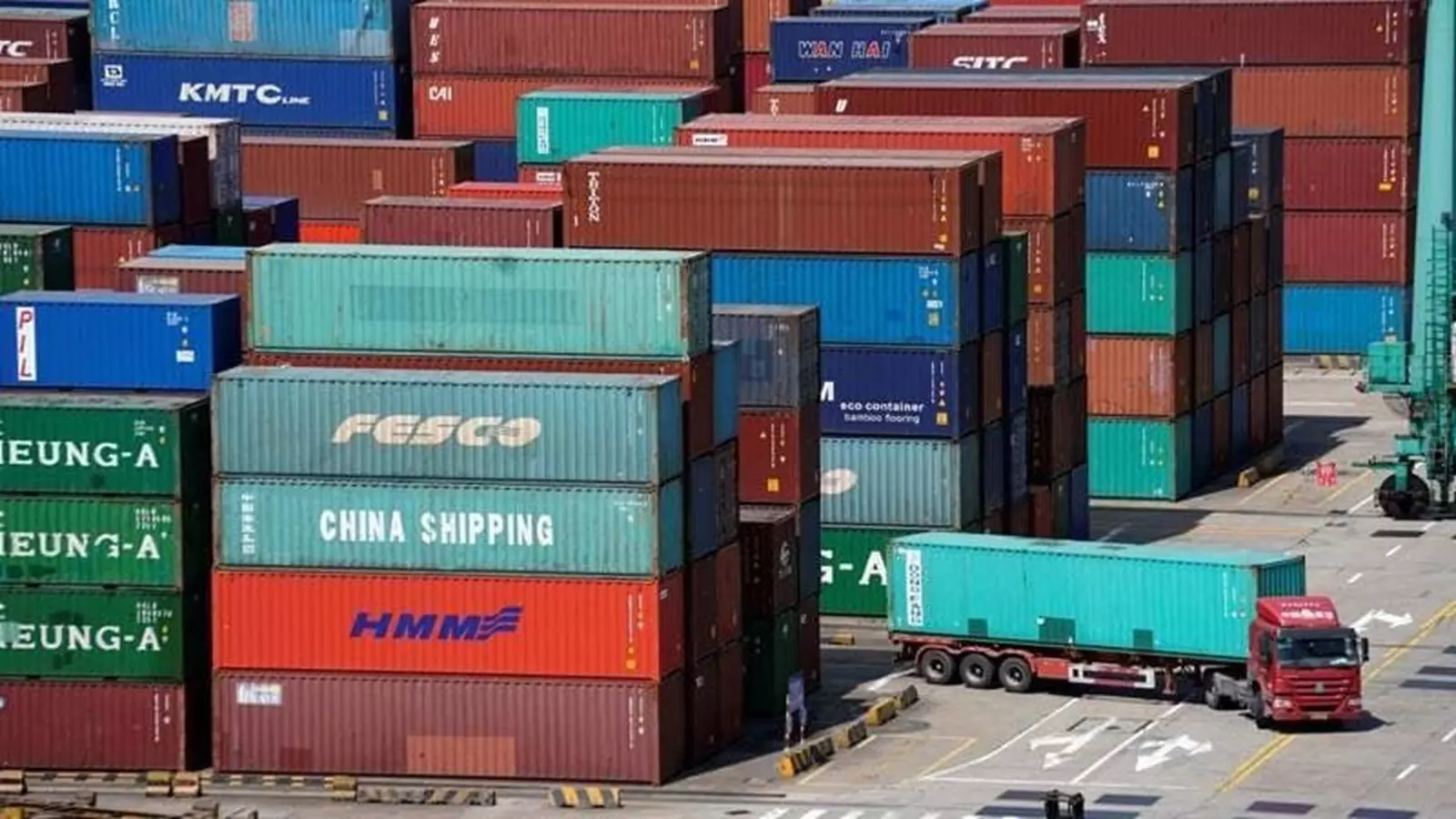
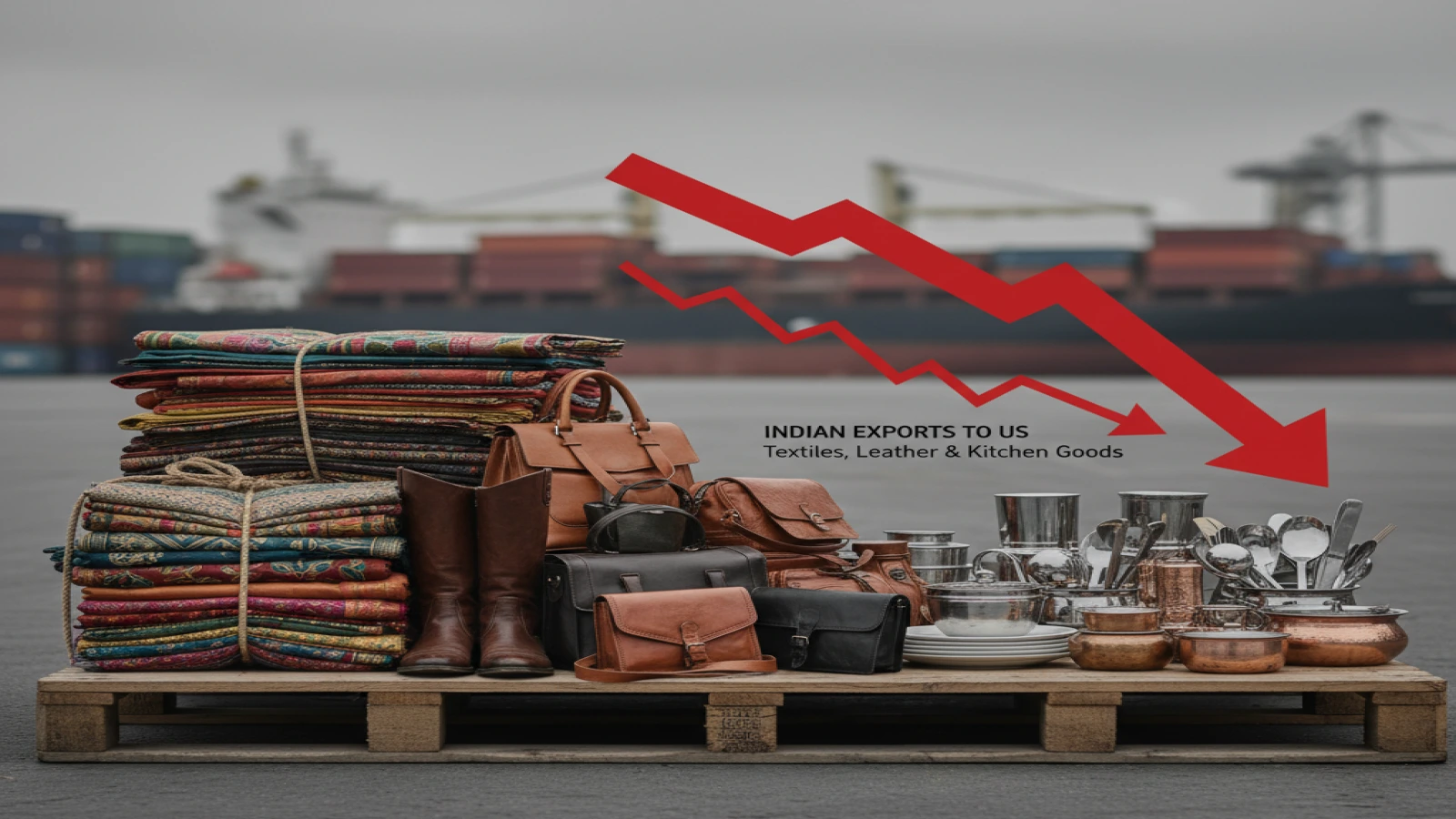
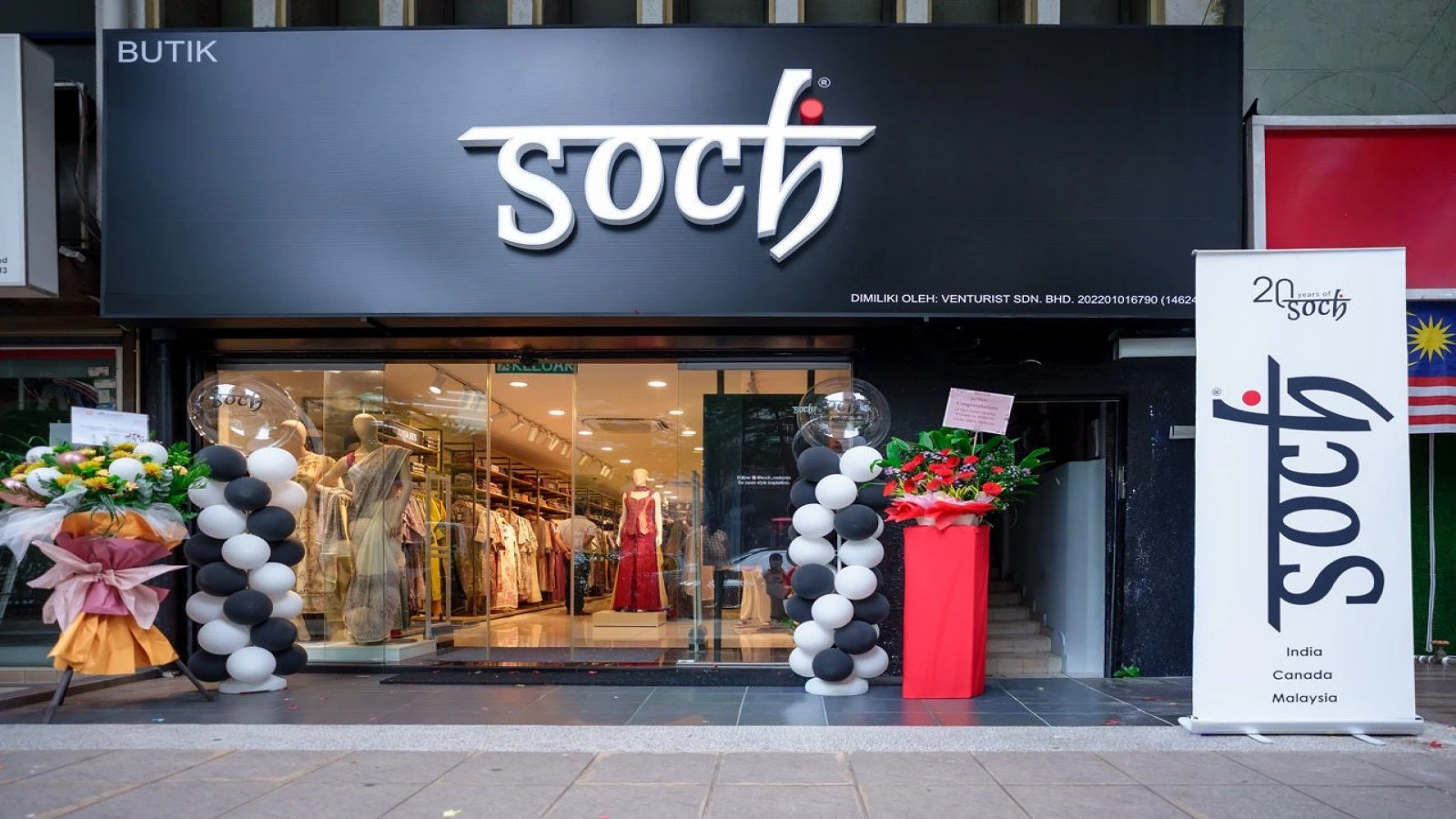


1.webp)
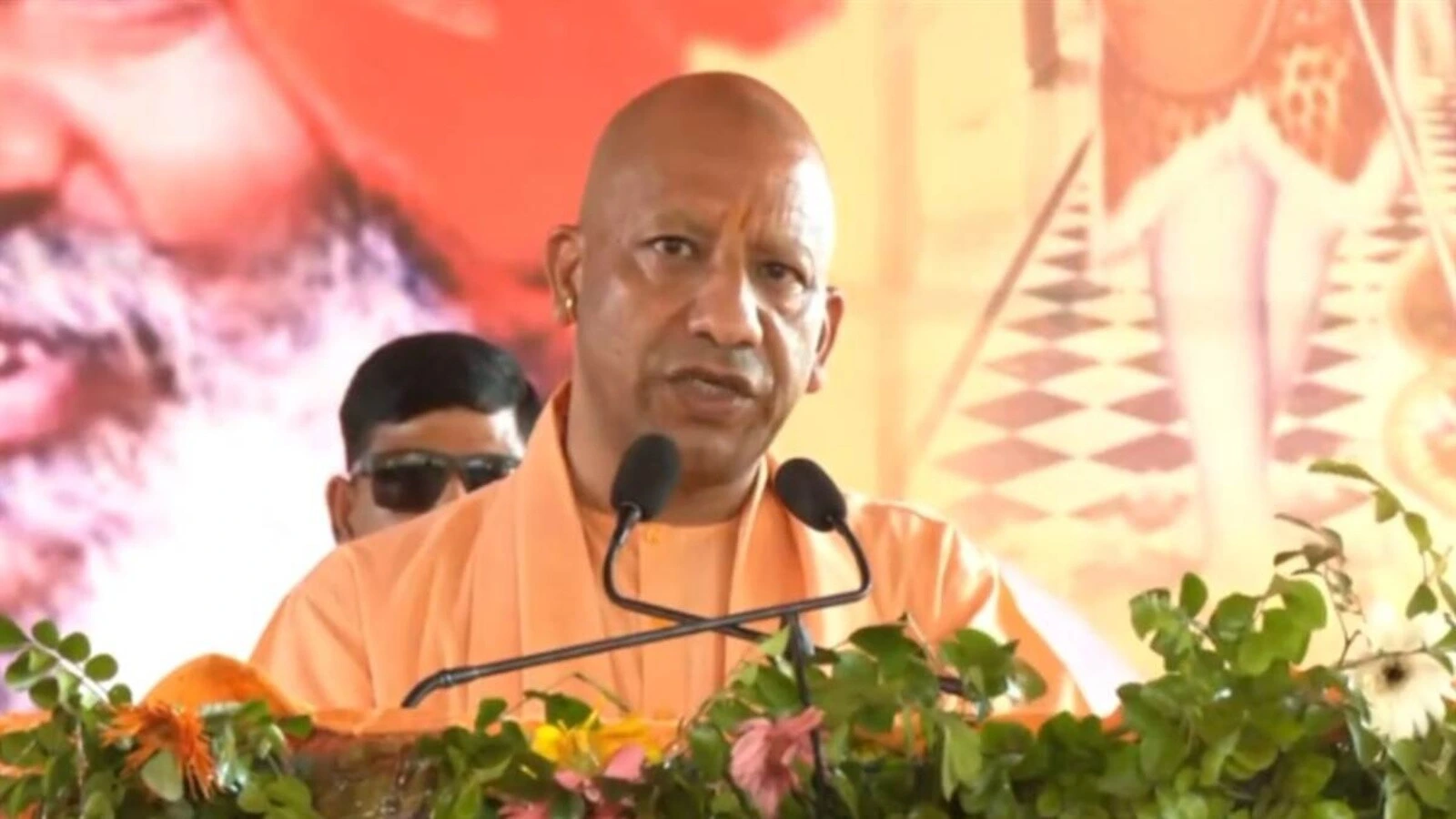


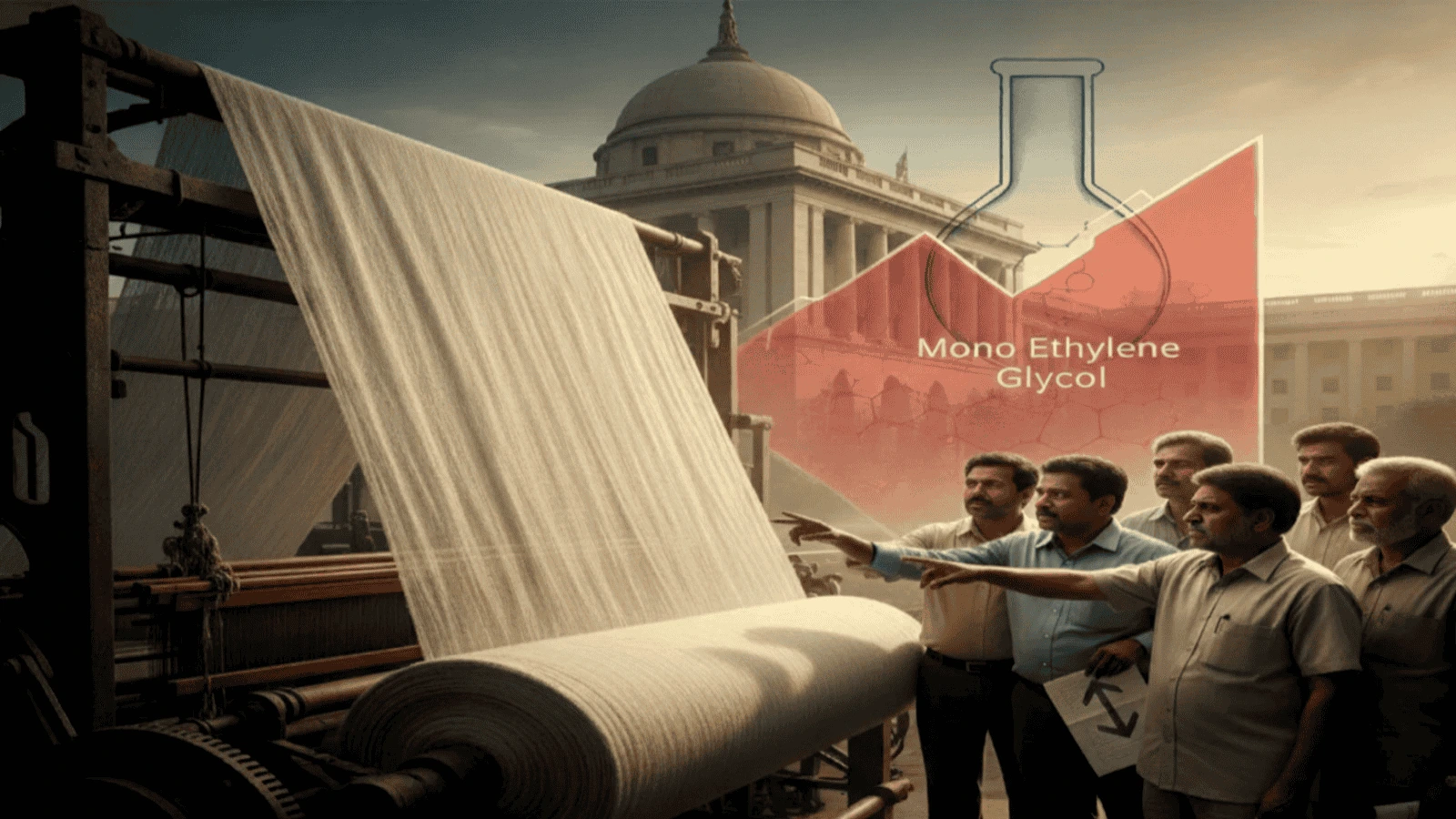
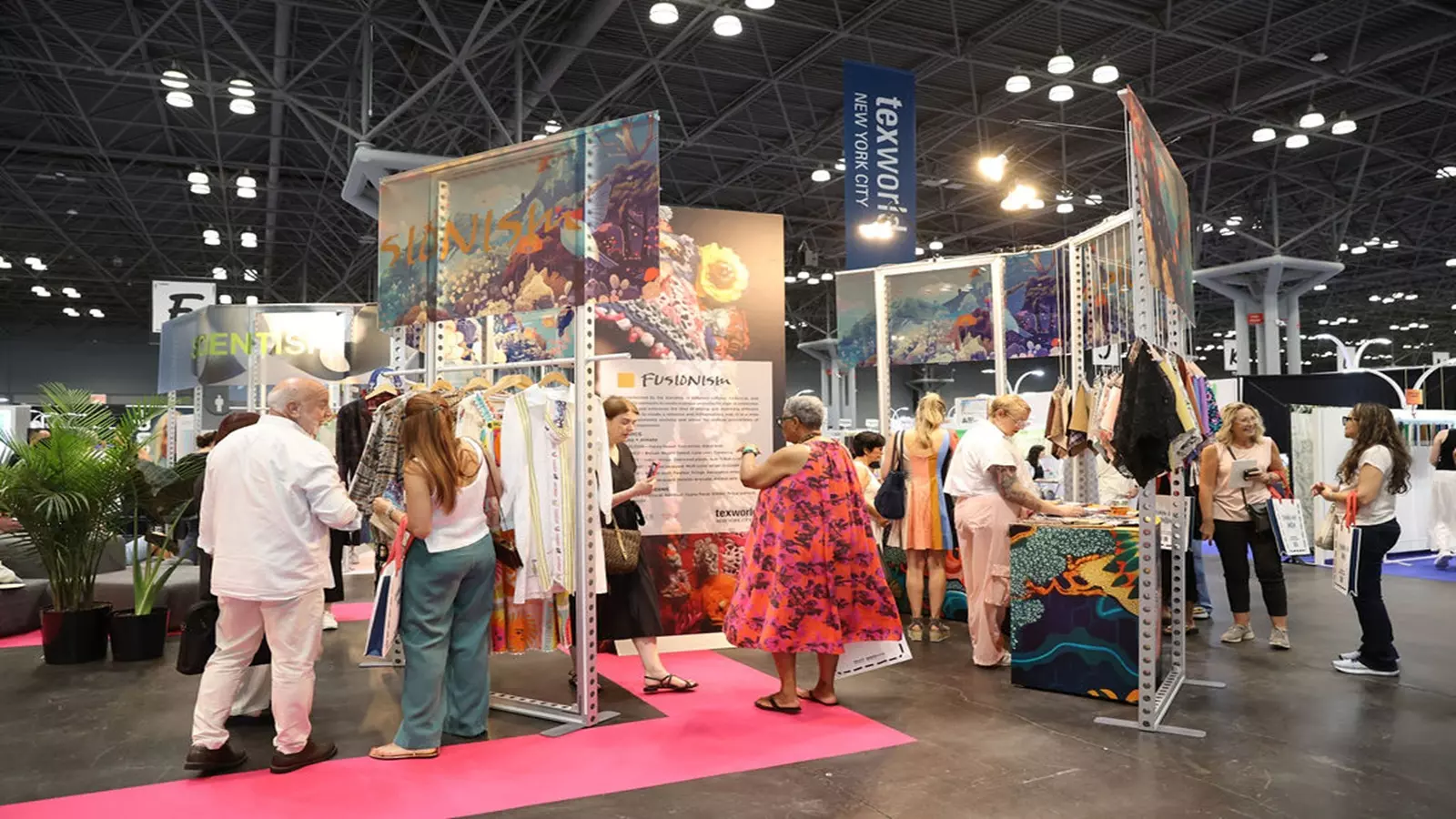


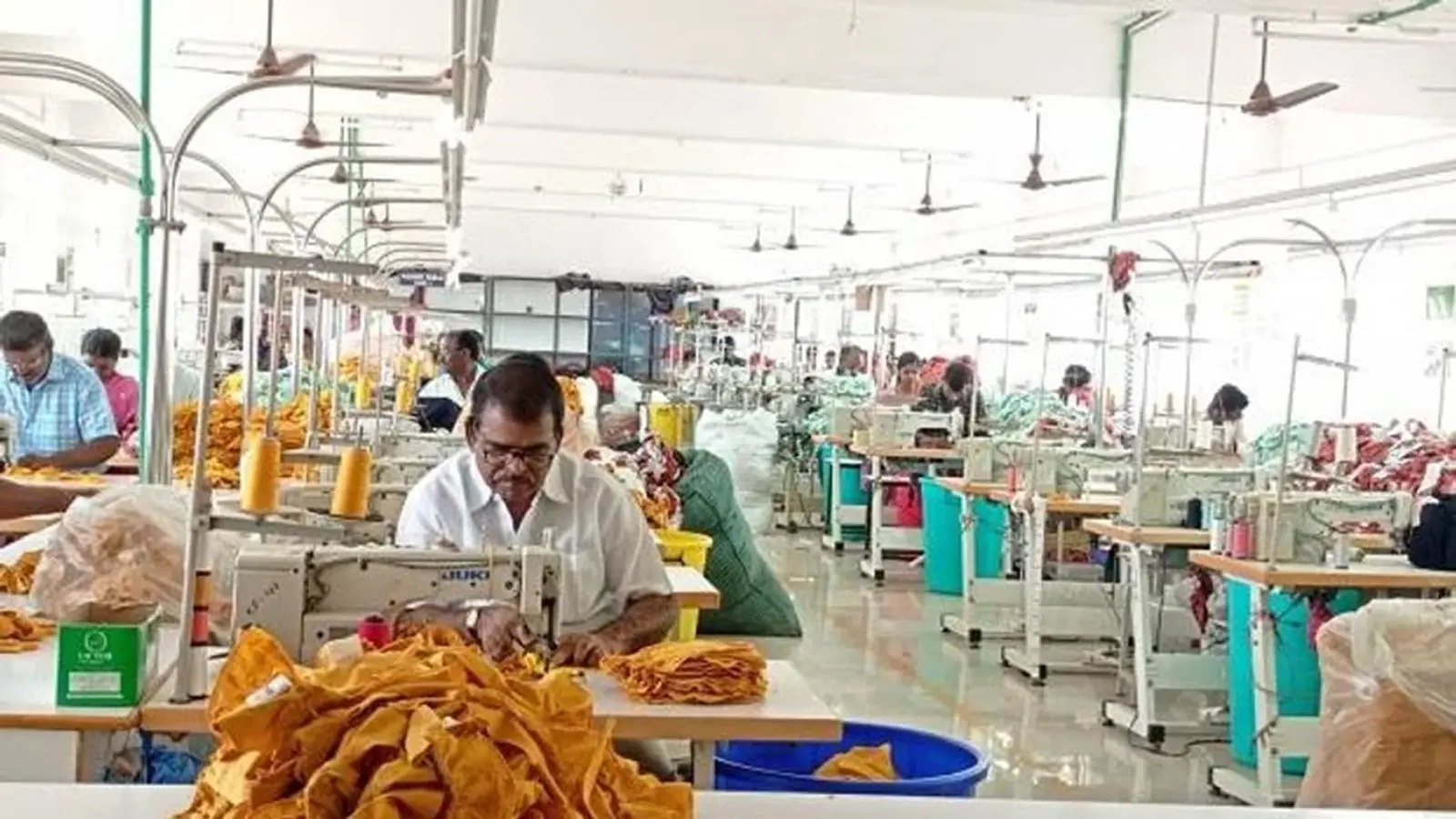
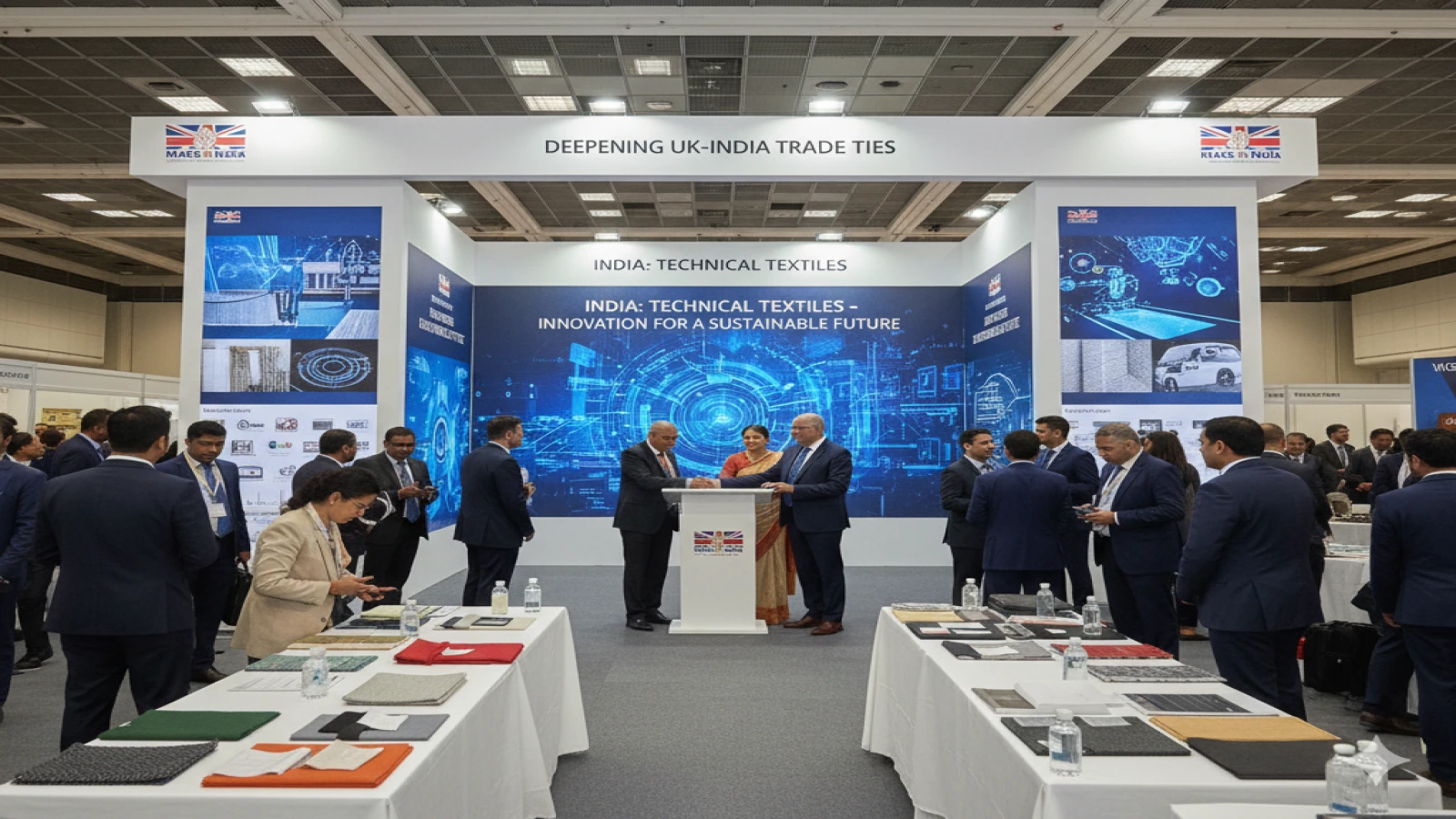


1.webp)

1.webp)



























.webp)






















































.png)





.jpg)















1.jpeg)
